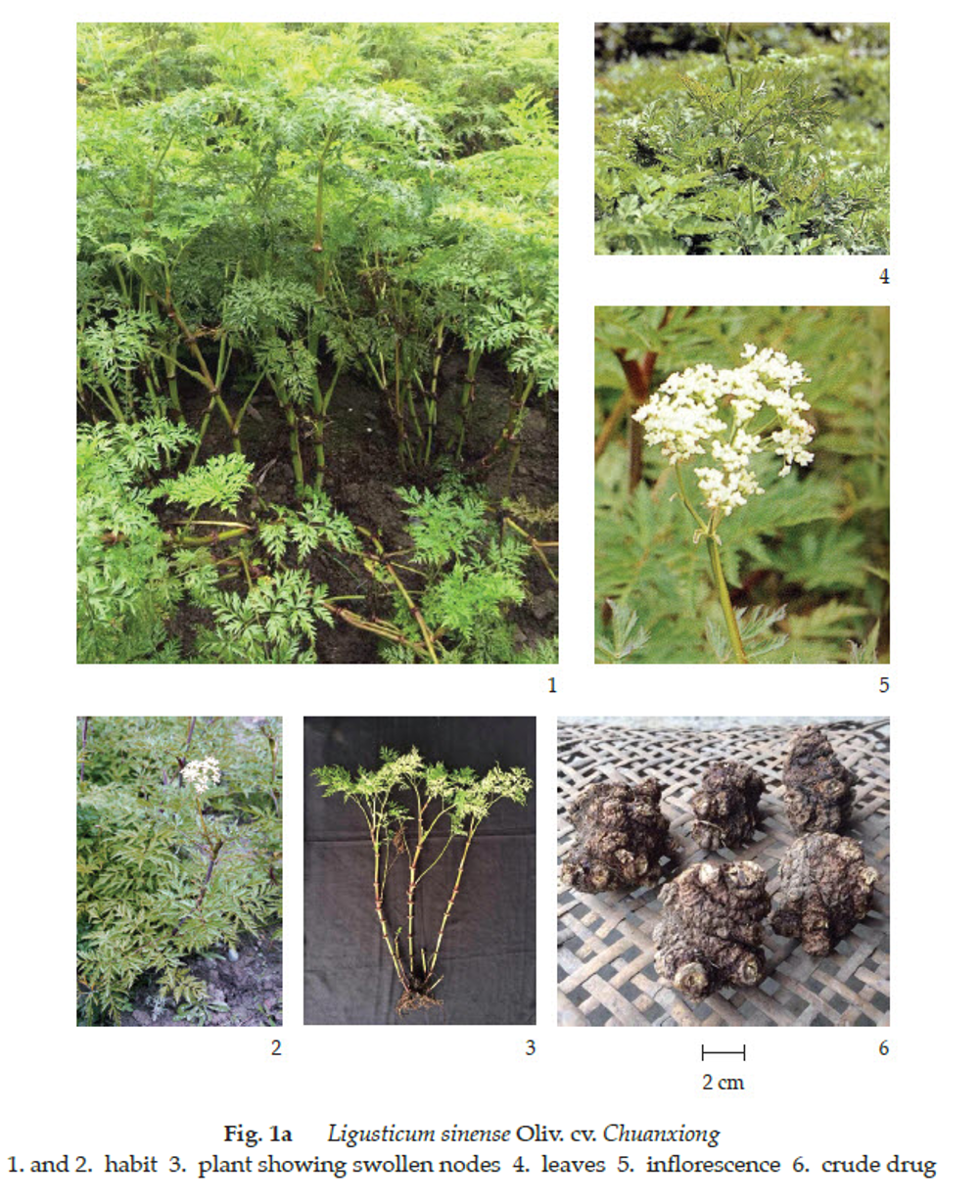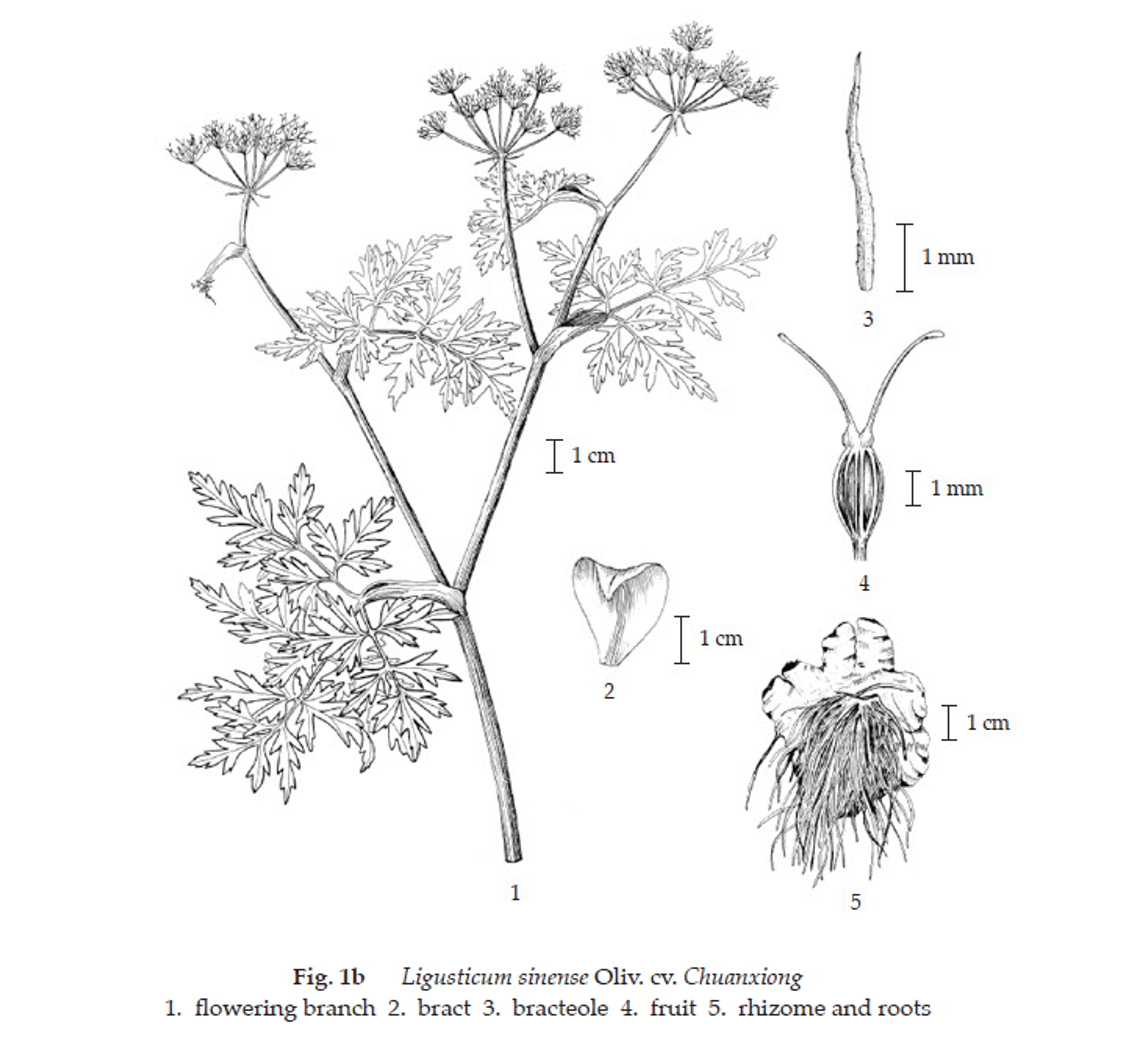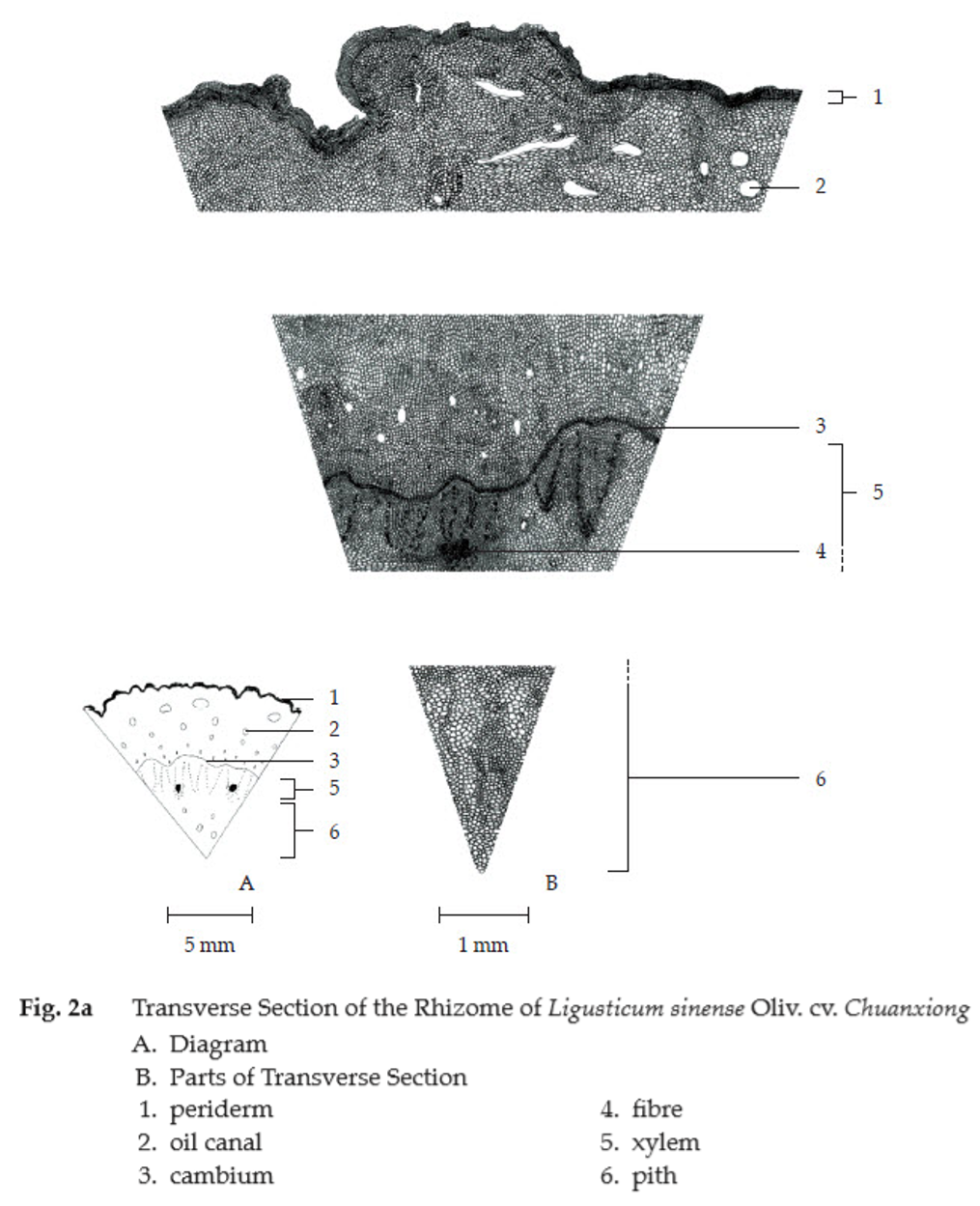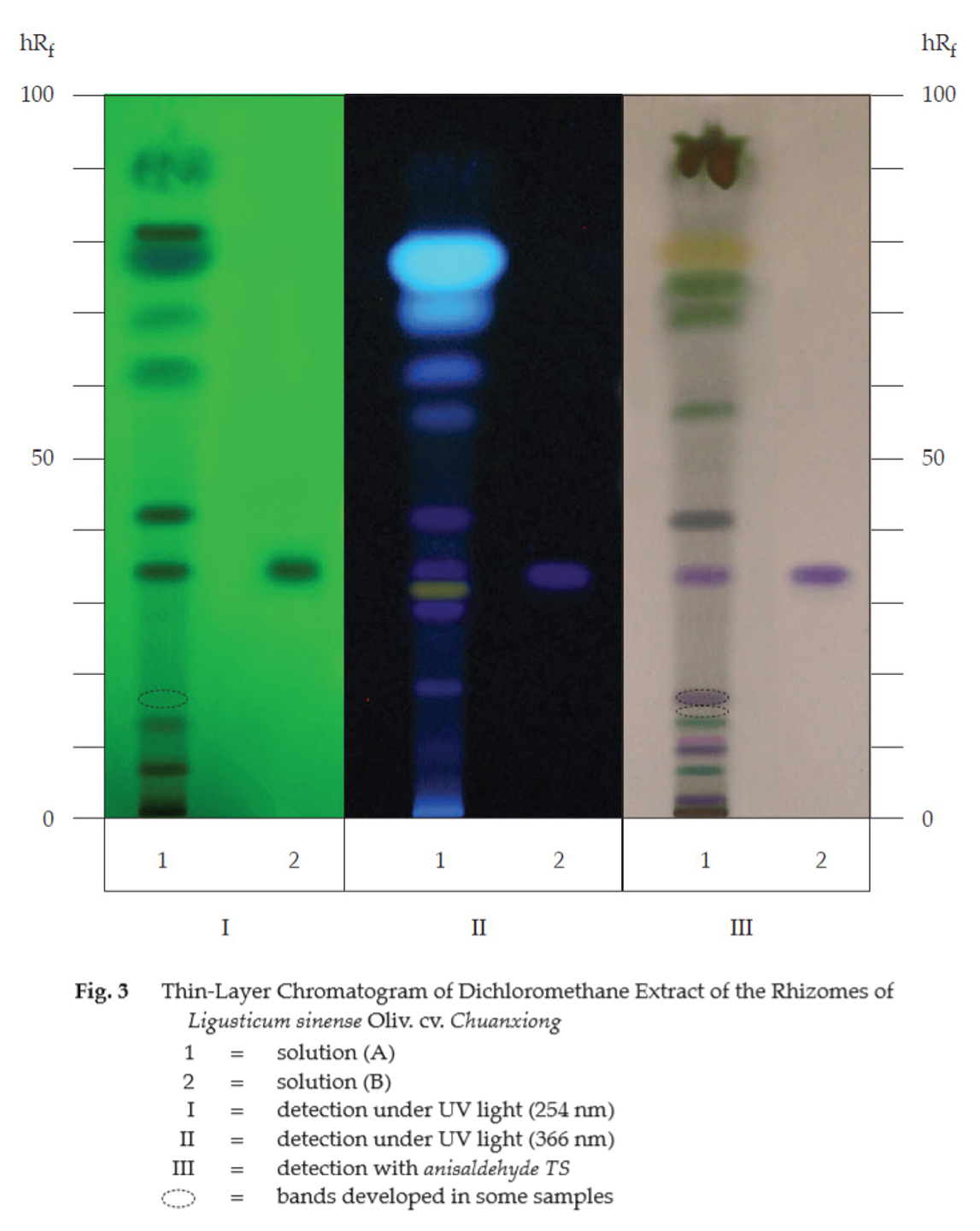ตำรามาตรฐานยาสมุนไพรไทย
Thai Herbal Pharmacopoeia
สำนักยาและวัตถุเสพติด กรมวิทยาศาสตร์การแพทย์ กระทรวงสาธารณสุข
Bureau of Drug and Narcotic, Department of Medical Sciences, Ministry of Public Health(Tinospora crispa (L.) Hook.f. & Thomson)
(Nelumbo nucifera Gaertn.)
(Centella asiatica (L.) Urb.)
(Centella Dry Extract)
(Centella Cream)
(Mesua ferrea L.)
(Piper sarmentosum Roxb.)
(Piper sarmentosum Roxb.)
(Pterocarpus santalinus L. f.)
(Santalum album L.)
(Senna tora (L.) Roxb.)
(Senna alata (L.) Roxb.)
(Senna Alata Tea)
(Piper retrofractum Vahl)
(Myristica fragrans Houtt)
(Andrographis paniculata (Burm. f.) Nees)
(Andrographis Capsules)
(Allium ascalonicum L.)
(Ocimum tenuiflorum L.)
(Curcuma longa L.)
(Turmeric Capsules)
(Turmeric Dry Extract)
(Turmeric Dry Extract Capsules)
(Arcangelisia flava (L.) Merr.)
(Curcuma sp.)
Harrisonia perforata (Blanco) Merr.
(Aristolochia pierrei Lecomte)
(Zingiber officinale Roscoe)
(Ginger Capsules)
(Ginger Tea)
(Cassia fistula L.)
(Nardostachys jatamansi (D. Don) DC.)
(Angelica sinensis (Oliv.) Diels)
Artemisia annua L.
(Ligusticum sinense Oliv. cv. Chuanxiong)
(Neopicrorhiza scrophulariiflora Pennell)
(Atractylodes lancea (Thunb.) DC.)
(Aucklandia lappa Decne)
(Terminalia chebula Retz.)
(Angelica dahurica (Hoffm.) Benth. & Hook. f. ex Franch. & Sav. var. dahurica)
(Kaempferia parviflora Wall. ex Baker)
(Hibiscus sabdariffa L.)
(Roselle Tea)
(Allium sativum L.)
(Zingiber zerumbet (L.) Sm.)
(Wurfbainia testacea (Ridl.) Škorničk.& A. D. Poulsen)
(Cannabis sativa L.)
(Myristica fragrans Houtt)
(Dracaena cochinchinensis (Lour.) S. C. Chen)
(Ficus racemosa L.)
(Hyptis suaveolens (L.) Poit.)
Clerodendrum indicum (L.) Kuntze
(Phyllanthus emblica L.)
(Citrus hystrix DC.)
(Citrus hystrix DC.)
(Areca catechu L.)
(Momordica charantia L.)
Moringa oleifera Lam.
(Aegle marmelos (L.) Corrêa)
(Solanum trilobatum L.)
(Morus alba L.)
Gynostemma pentaphyllum(Thunb.)
Makino
(Clinacanthus nutans (Burm. f.) Lindau)
(Cissus quadrangularis L.)
(Mimusops elengi L.)
(Zingiber montanum (J. König) Link. ex A. Dietr.)
(Piper betle L.)
(Capsicum annuum L.)
(Capsicum Oleoresin)
(Capsicum Gel)
(Piper nigrum L.)
(Piper nigrum L.)
(Eurycoma longifolia Jack)
(Thunbergia laurifolia Lindl.)
(Piper wallichii (Miq.) Hand.-Mazz.)
Senna garrettiana (Craib) H. S. Irwin & Barneby
(Terminalia bellirica (Gaertn.) Roxb.)
(Terminalia chebula Retz.)
(Caesalpinia bonduc (L.) H. Roxb.)
(Tarlmounia elliptica (DC.) H. Rob., S. C. Keeley, Skvaria & R. Chan)
(Hog Creeper Vine Dry Extract Capsiles)
(Hog Creeper Vine Dry Extract)
(Brachypterum scandens (Roxb.) Miq.)
(Lepidium sativum L.)
(Nigella sativa L.)
(Cuminum cyminum L.)
(Foeniculum vulgare Mill.)
(Plantago ovata Forssk.)
(Pimpinella anisum L.)
(Carum carvi L.)
(Anethum graveolens L.)
(Trachyspermum ammi (L.) Sprague)
Albizia procera (Roxb.) Benth.
(Acorus calamus L.)
(Tiliacora triandra (Colebr.) Diels)
Cyanthillium cinereum (L.) H. Rob.
(Orthosiphon aristatus (Blume) Miq.)
Murdannia loriformis (Hassk.) R. S. Rao & Kammathy
(Capparis micracantha DC.)
(Chrysopogon zizanioides (L.) Roberty)
(Cyperus rotundus L.)
(Cannabis sativa L.)
(Syzygium aromaticum (L.) Merr. & L. M. Perry)
(Boesenbergia rotunda (L.) Mansf.)
(Acanthus ebracteatus Vahl)
(Acanthus ilicifolius L.)
(Kaempferia galanga L.)
(Curcuma comosa Roxb.)
Betula alnoides Buch.-Ham. ex D. Don
Cannabis sativa L.
Carthamus tinctorius L
Mitragyna speciosa (Korth.) Havil
Mallotus repandus (Rottler) Müll. Arg
Azadirachta indica A. Juss. var. siamensis Valeton
Azadirachta indica A. Juss. var. siamensis Valeton
Punica granatum L.
Rhinacanthus nasutus (L.) Kurz
Baliospermum solanifolium (Burm.) Suresh
Curcuma aeruginosa Roxb
Boesenbergia kingii Mood & L. M. Prince
Senegalia rugata (Lam.) Britton & Rose
Acacia concinna (Willd.) DC.
Senegalia rugata (Lam.) Britton & Rose
Acacia concinna (Willd.) DC.
Senna alexandriana Mill. var. alexandriana
Cassia acutifolia Delile, Cassia angustifolia Vahl
Butea superba Roxb. ex Willd.
[Plaso superba (Roxb. ex Willd.) Kuntze, Rudolphia superba (Roxb. ex Willd.) Poir.
Pueraria candollei Graham
ex Benth. var. mirifica (Airy Shaw & Suvat.) Niyomdham
Streblus asper Lour.
Suregada multiflora (A. Juss.) Baill. (Gelonium
multiflorum A. Juss.
Sichuan Lovage Rhizome is the dried rhizome of Ligusticum sinense Oliv. cv. Chuanxiong (Ligusticum chuanxiong Hort.) (Family Umbelliferae), Herbarium Specimen Number: see Additional information 1, Crude Drug Number: DMSc 1148.
Constituents Sichuan Lovage Rhizome contains alkylphthalides (e.g., Z-ligustilide, senkyunolides). It also contains coniferyl ferulate, ferulic acid, levislolide A, volatile oil, etc.
Description of the plant (Figs. 1a, 1b) Perennial herb, 30 to 100 cm tall; rhizome thick, apparently swollen at nodes, internodes short; stem erect, striated and branched. Leaves alternate, bipinnate or tripinnate; petiole sheathing at base, clasping the stem; basal one 10 to 20 cm long; blade triangular-ovate in outline, 15 to 20 cm long, 10 to 15 cm wide, ternate to 1- or 2-pinnated, primary pinnae 4 to 6 pairs, proximal pinnae remote, ultimate segments ovate or oblong-ovate, 2 to 3 cm long, 1 to 2 cm wide, margin irregularly serrate, glabrous on both surfaces except for the nerves; cauline leaves similar to basal, reduced, sessile, 1-pinnated. Inflorescence compound umbel, terminal and axillary, 6 to 8 cm across when anthesis; bracts 5 to 6(–10); rays 15 to 30, subequal, 3 to 5 cm; bracteoles 5 to 8, linear, shorter than pedicel, reflexed. Flower small, white; calyx teeth obsolete; petals obovate, base cuneate; style reflexed. Fruit schizocarp, oblong-ovoid, 2 to 3 mm long, 1.5 to 2 mm wide; dorsal and intermediate ribs prominent, filiform; lateral rib narrowly winged; vittae 1 to 3(–4) in each furrow, 4 to 6 on commissure. Seed smooth.
Description Odour, strongly aromatic; taste, bitter, pungent and slightly numb, and with a sweet aftertaste.
Macroscopical (Fig. 1a) Irregularly knotty, subround and fist-like, 2 to 7 cm in diameter. Externally yellowish brown, greyish brown to blackish brown, rough and shrunken, dented scars or short remains of stems on the apex; numerous tuberculous rootlet scars on the lower part and at the nodes. Texture compact, uneasily broken, fracture yellowish white or greyish brown, scattered with yellowish brown oil dots.
Microscopical (Figs. 2a, 2b) Transverse section of the rhizome shows periderm, cortex, cambium, phloem, xylem, and pith. Periderm, over 10 layers of narrow rectangular cork. Cortex, numerous polygonal parenchyma cells containing simple and compound starch grains. Phloem, broad layers of polygonal parenchyma cells containing starch grains. Cambium, undulate rings of cambium cells. Pith, broad zone of slightly large polygonal parenchyma cells. Schizogenous oil canals, scattered in cortex, phloem, xylem, and pith.
Sichuan Lovage Rhizome in powder possesses the diagnostic microscopical characters of the unground drug. Dentate fibres, thick-walled parenchyma cells and numerous starch grains are characteristic.




Contra-indication It is contra-indicated in pregnant women with vaginal bleeding.
Warning Overdosage may cause vomiting and dizziness.
Additional information
1. Sichuan lovage plant is not native to nor commercially cultivated in Thailand.
2. It is commonly used with other herbal drugs in Thai traditional herbal preparations.
Packaging and storage Sichuan Lovage Rhizome shall be kept in well-closed containers, protected from light, and stored in a cool and dry place.
Identification
A. Reflux 1 g of the sample, in powder, with 10 mL of ethanol for 30 minutes and filter (solution 1). To 2 mL of solution 1, add a few drops of iron(III) chloride TS: a green colour is produced
B. Drop solution 1 on a filter paper and examine the filter paper under ultraviolet light (366 nm): a blue fluorescence is produced.
C. Macerate 1 g of the sample, in powder, in 5 mL of petroleum ether (boiling range, 60° to 80°) and allow to stand overnight. Evaporate 1 mL of the supernatant to dryness and dissolve the residue in 1 mL of methanol. Add 2 or 3 drops of a 2 per cent w/v solution of 3,5-dinitrobenzoic acid in methanol and 2 drops of a saturated solution of potassium hydroxide in methanol: a purple colour is produced.
D. Carry out the test as described in the “Thin-Layer Chromatography” (Appendix 3.1), using silica gel GF254 as the coating substance and a mixture of 86 volumes of toluene, 14 volumes of ethyl acetate and 5 volumes of formic acid as the mobile phase. Apply separately to the plate as bands of 10 mm, 20 μL of solution (A) and 10 μL of solution (B). Prepare solution (A) by refluxing 1 g of the sample, in powder, with 10 mL of dichloromethane for 30 minutes and filtering. Evaporate the filtrate until dryness and dissolve the residue in 1 mL of toluene. For solution (B), dissolve 1 mg of ferulic acid in 1 mL of methanol. After removal of the plate, allow it to dry in air, and examine under ultraviolet light (254 nm), marking the quenching bands. The chromatogram obtained from solution (A) shows a quenching band (hRf value 31 to 38) corresponding to the ferulic acid band from solution (B). Subsequently examine the plate under ultraviolet light (366 nm) through the cut-off filter; the band due to ferulic acid shows a violet fluorescence. Other several fluorescent bands of different colours are also observed. Spray the plate with anisaldehyde TS and heat at 105° for 10 minutes; the band corresponding to ferulic acid is violet. Other several bands of different colours are also observed (Table 1); see also Fig. 3.
Table 1 hRf Values of Components in Dichloromethane Extract of the Rhizomes of Ligusticum sinense Oliv. cv. Chuanxiong
| Band | hRf Value | Detection | ||
| UV 254 | UV 366 | Anisaldehyde TS | ||
| 1 2 3 4 5 6 7 8 9 10* 11 12 13 14 15 16 17 18 |
2-5 5-9 7-13 9-16 11-18 15-20 16-21 26-32 29-35 31-38 39-46 52-58 57-65 64-71 70-76 71-79 79-86 89-95 |
- quenching - - quenching - - - - quenching quenching - quenching quenching - blue quenching quenching |
- - - - - - blue violet yellow violet violet blue blue blue - intense blue - - |
violet green violet pink green violet - - - violet grey green - green green yellow - green |
*ferulic acid
Water Not more than 12.0 per cent v/w (Azeotropic Distillation Method, Appendix 4.12).
Foreign matter Not more than 2.0 per cent w/w (Appendix 7.2).
Acid-insoluble ash Not more than 2.0 per cent w/w (Appendix 7.6).
Total ash Not more than 6.0 per cent w/w (Appendix 7.7).
Ethanol-soluble extractive Not less than 18.0 per cent w/w (Appendix 7.12).
Water-soluble extractive Not less than 35.0 per cent w/w (Appendix 7.12).
Dose 3 to 9 g, as a decoction, a day.
